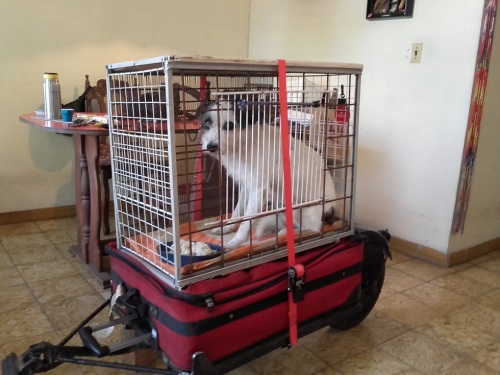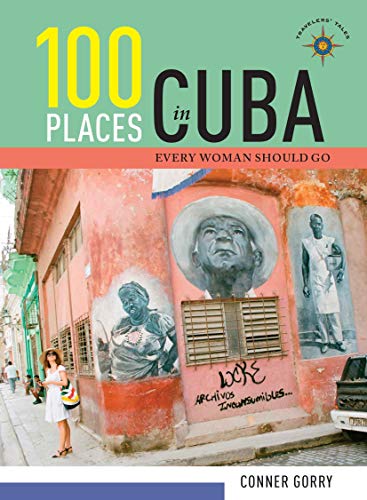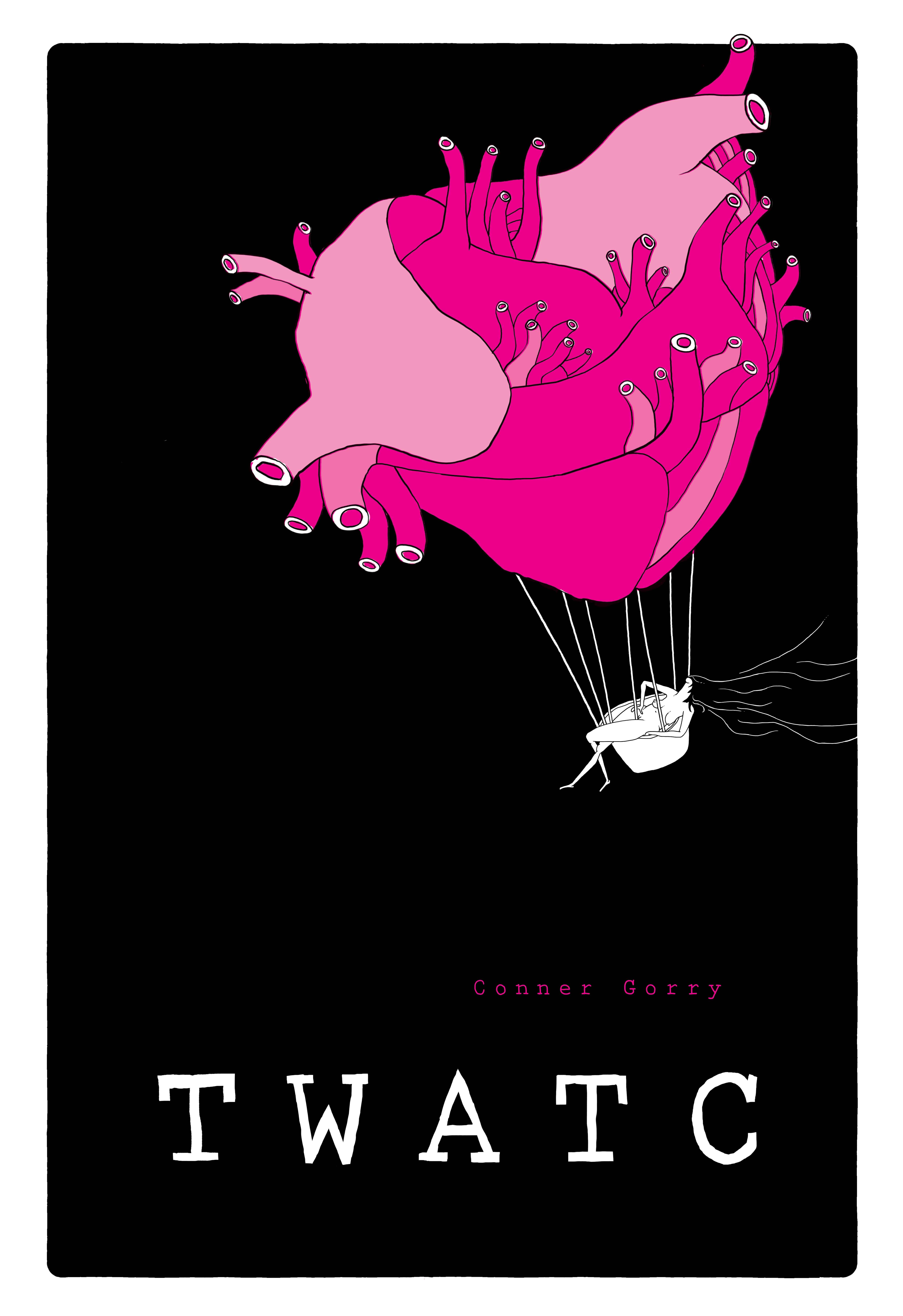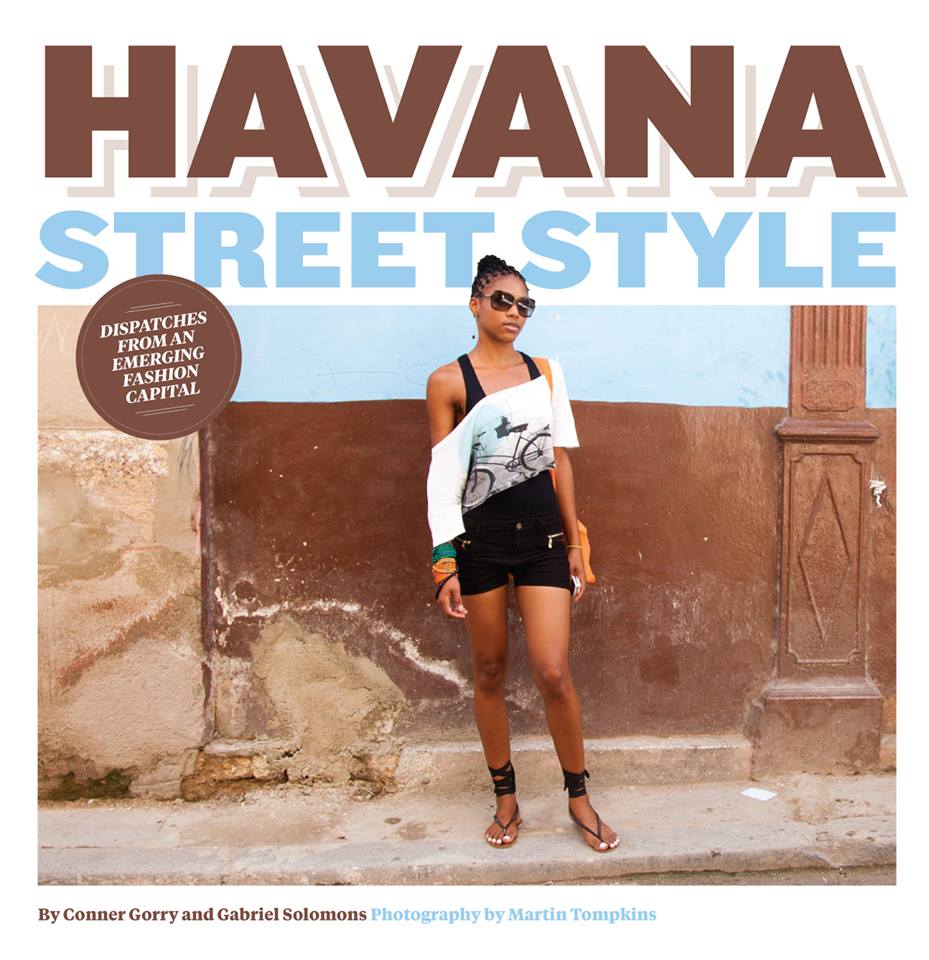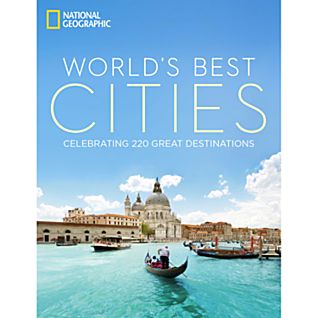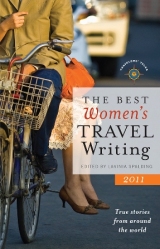Let’s talk more about coronavirus!…No one said ever.
Personally, I’m fucking sick of it and I’m guessing you are too. In addition to the ad nauseam data, studies, news (and “news”), conspiracies theories, spin, and chatter around the mono-topic, as my friend Rose likes to call it, I’m a working health journalist.
As you might imagine (though I advise against it), 2020 for me has been all COVID almost all the time.
Perhaps you, like me, are holding a ticket to ride on the coronacoaster. On a good day, you’re able to clean a little, catch up with some family or friends, or just shower and make the bed. Win! On these kind of days, you’re able to crack a book, start watching an entertaining series, or cook something appetizing. Win! On good days, you might even have an appetite. Win! Maybe you slog through your errands and only see a handful of mask-less idiots. Win! You got out of bed today? Count that as a win, baby!
And then it’s back to the mono-topic, with a dose of Trump or systemic racism or Saharan dust storms and locust swarms thrown in to make sure you don’t get your hopes too high or even up.
Here in Havana, like wherever you are, we’re on the same horrible ride—but different. And while not fun by any stretch, we always felt that flicker of hope. Even on the worst days standing in line for five hours under a blazing tropical sun to buy ketchup or toilet paper if we were very, very lucky, we hoped. Even on those days when our rice and beans were running low and the eggs had run out long ago, hope simmered. Because Cuba had a plan. Cuba had experience with contagious disease. Cuba flattened its curve early and effectively. Cuba was keeping COVID at bay.
April. May. June. One by one, all the provinces succeeded in hitting the five epidemiological targets needed to pass from recovery Phase 1, to Phase 2 and at last to Phase 3. Except Havana, which lagged, entering Phase 1 on July 3. Still, the simmering coals of hope flickered, caught and burned brighter. Thousands of RT-PCR tests were being processed daily revealing only a handful of cases. Contacts were traced and isolated, in their homes or centers for this purpose. Treatments developed in Cuba meant we suffered few COVID-related fatalities, sometimes for weeks at a stretch. Win!
After being shuttered for nearly five months, Cuba Libro finally re-opened—a huge sigh of relief for the seven team members and their families who depend on this income, but also our community who more than ever, needed a good coffee or smoothie while swinging in a hammock. We were in Phase 1; we were on our way. Win! Win!
We started calculating: based on the experience around the country, Havana would be able to reach Phase 2 within a few weeks and then the coveted Phase 3, when commercial flights and tourism and cultural activities and all the rest—with the proper sanitary measures in place—could resume. Cuba had COVID under control.
If there’s one takeaway from this pandemic, it’s that control is an illusion, self-delusion. None of us are in control. And self-control? COVID has shown that too many of us ain’t got it. And Havana? It definitely ain’t got it.
I know. I know. Self-control has never been a Cuban strong suit. Asking Cubans to self-regulate is like expecting a frisky cat not to pounce on a twitchy mouse. Sure, most Cubans can exhibit extreme discipline when called upon. And they do….until they don’t.
Fumigating against mosquitoes carrying dengue happens furiously for a few days and then poof! You never see the fumigation brigades again. Taxis caught overcharging are fined for a couple of weeks, then it’s back to price gouging passengers. To hell with official fixed prices! Market scales are inspected and recalibrated with comprehensive press coverage and at revolutionary speed until some days pass and we return to the same old fixed scales and sticking it to hungry customers. When the new garbage pick up schedule is announced, citizens dutifully haul their dripping bags of coffee grounds, rotting fruit peels and egg shells to the corner dumpster between 6 and 10pm. By the next week? They’re chucking stinking bags into—or near—those same dumpsters whenever they damn please.
In common parlance, this compliance followed by slack and apathetic disregard is known as relajo. And Havana, after entering into Phase 1 and trucking towards Phase 2, slipped into a state of tremendo relajo.
For months, we masked up whenever outside the house. We hand washed and sanitized and disinfected, the bleach wreaking havoc on our clothes, hands, shoes. We didn’t go to the beach, we didn’t picnic in the park, most of us didn’t even glimpse the sea. We physically distanced as best we could among the (non) huddled masses yearning to get food or into the bank. Active screeners came to our doors every day to check our health status. Confirmed cases dropped—from the mid-30s, to 19, to single digits.
The flame of hope blazed.
Havana entered Phase 1 and while there were still restrictions, certain businesses were allowed to reopen, with new physical distancing and other health requirements. Limited transportation resumed, with reduced capacity. Some beaches were opened, with measures and hours designed to reduce crowds.
For our part, we had five blissful, laughter-filled days at Cuba Libro. We were back! We were better than ever! We didn’t raise prices and had even more delicious offerings on our menu! We were recouping a tiny fraction of the losses we incurred during the nearly five months we were shuttered! We were PSYCHED.
And then the coronacoaster derailed.
Mistakes were made. Limiting beach access, with 2.2 million hot, sweaty, pent-up Habaneros aching to cool off? In July? Who thought that would ever work?! Requiring bus drivers to say: ‘sorry, I know you’ve been waiting for over an hour to get on a bus home but we’re at 50% capacity so I can’t take anymore passengers?’ That would be cruel and unusual. No hot, sweaty, pent-up and underpaid driver can be expected to do this. Playgrounds re-opened. Coppelia re-opened. Bars and restaurants re-opened.
As might be expected, some Habaneros could not, would not, observe the Phase 1 restrictions.
The country reeled with news of the outbreaks. After weeks of single digit cases, Havana alone suddenly had 30, 44, then 76 confirmed cases—a concentration of numbers we hadn’t seen throughout the entire pandemic in any province. Contact tracing revealed three main sources of transmission: bars, buses and beaches.
Dozens of cases were traced to Bar Q Bolá in Playa. Apparently, a singer performed to a packed, drunken crowd one night (reader alert: this is second-hand information; I wouldn’t step foot in Q Bolá even in normal times) and the bar became a superspreader event. Did they not know that live music performances, being open until dawn, and large gatherings were verboten in Phase 1? They knew. Besides, anyone who has had a sloppy, nameless one night stand while wearing beer goggles knows alcohol and self-restraint/good judgment do not mix. Duh. (NB: although national health authorities and media have repeatedly cited Q Bolá as a superspreader event, owners deny it).
Even more cases were traced to a toque de santo, an Afro-Cuban religious ritual, held in Bauta (Artemisa province, adjacent to Havana). If you have no knowledge of these types of events, lets just say the liquor is flowing, physical distancing is not possible, and the celebratory atmosphere attracts a lot of people. People attending the toque also frequented a nearby bar and then went to the beach at Baracoa. The religious practitioner being feted, by the way, was from Havana. So now you have inter-provincial transmission.
Both Havana and Bauta have been forced to open and equip more isolation centers due to the widespread contacts generated by these two events alone.
And just like that, Havana got wrenched from Phase 1, dropping down, down, down, back into the local transmission phase. Transportation is severely cut back to essential workers only and stops at 11pm. There is a citywide curfew: no one can be on the streets after that hour either. Beaches, bars, pools and playgrounds are closed. Private taxis and minibuses cannot operate. And businesses like ours can only do take out (we wish we could; more on that in a later post). Sadly, Cuba Libro had to close again.
So we’re back to isolation, anxiety over food insecurity, our four walls (lucky those with balconies or yards or even a room to call their own), being broke, being sad, being hot and nurturing some flicker of hope.
We are back to riding the coronacoaster. Full speed ahead…
***Anyone interested in daily COVID stats from Cuba, searchable by province and municipality, with detailed information including gender, age, source of transmission and numbers of contacts being traced of each confirmed case should visit the COVID-19 Cuba Dashboard.





